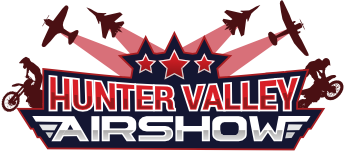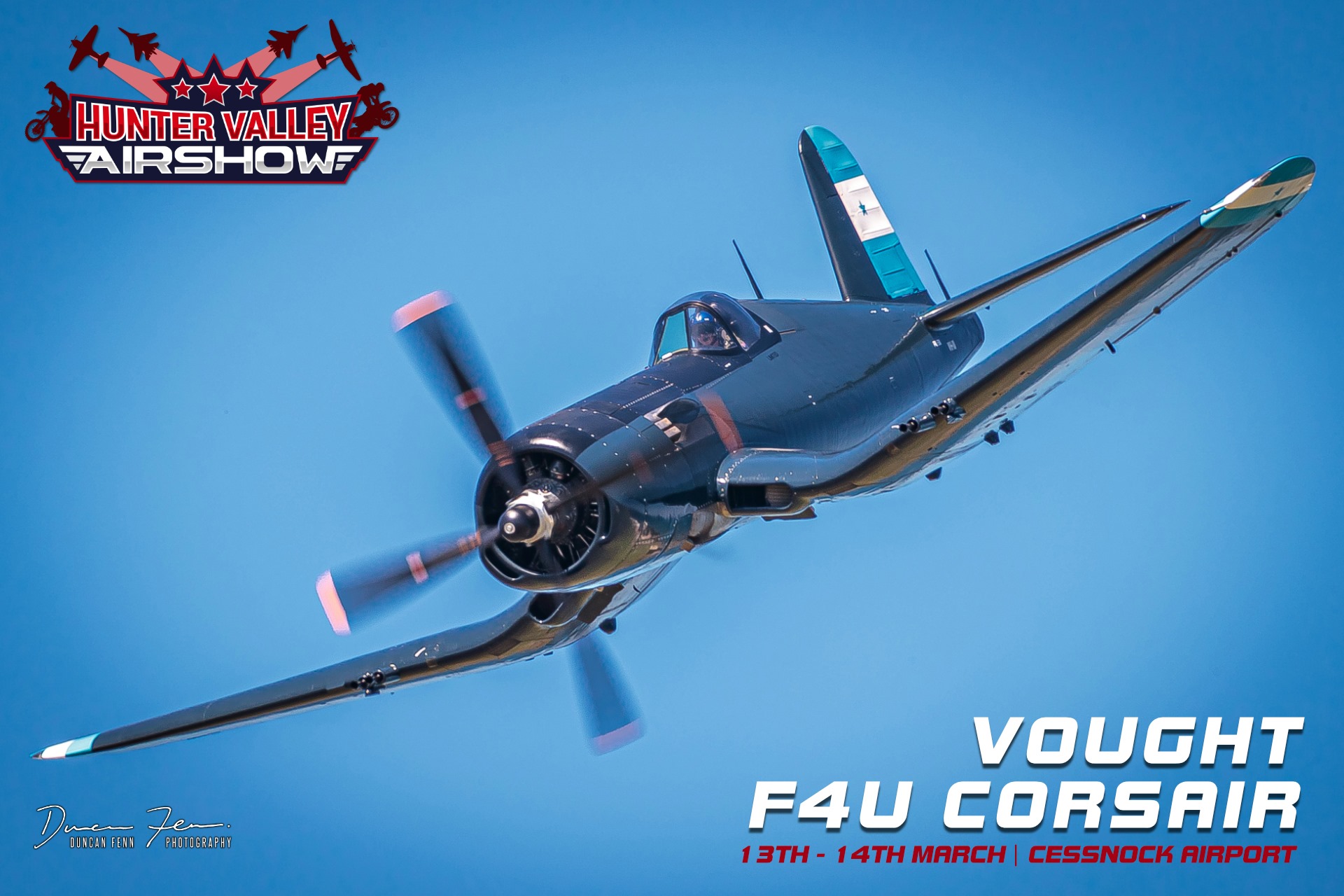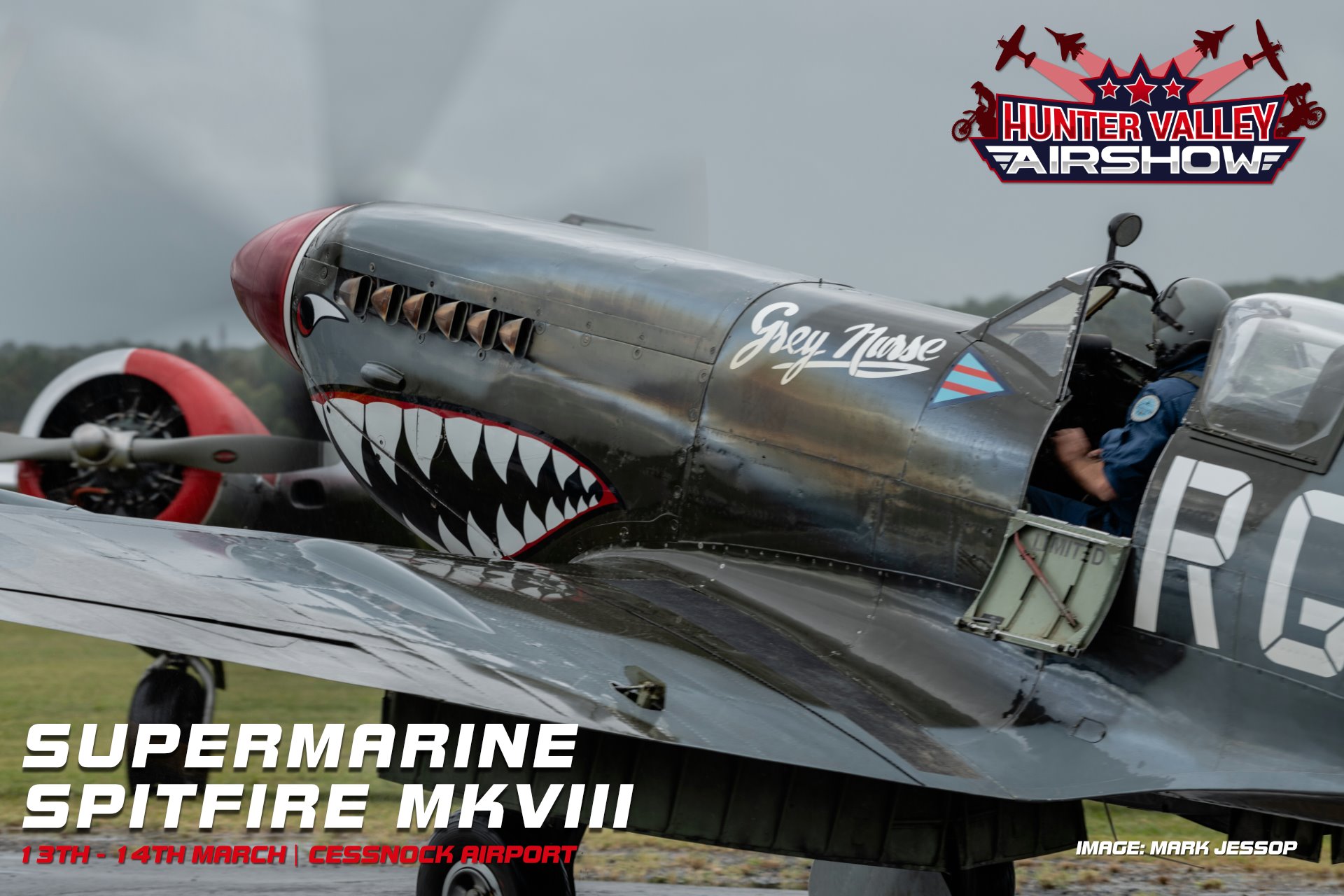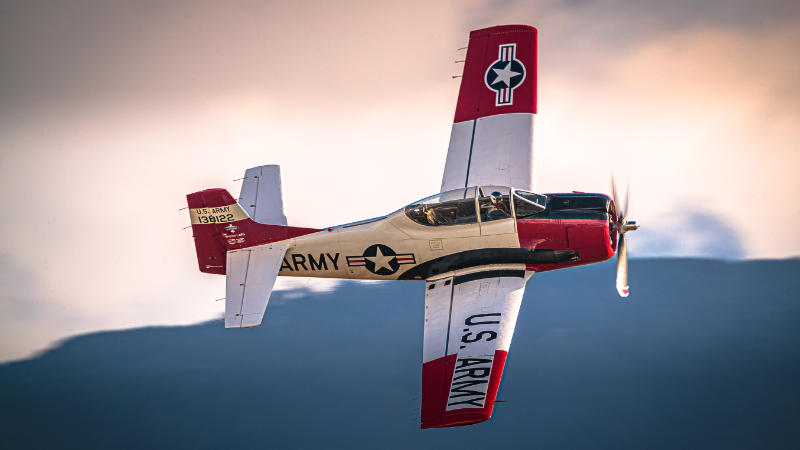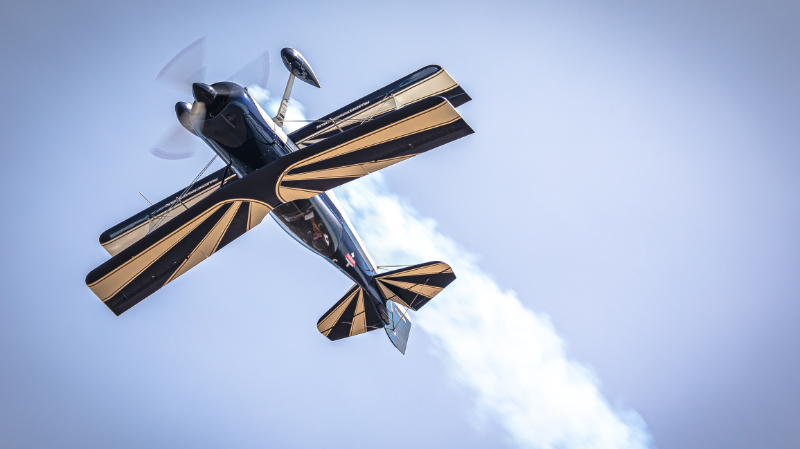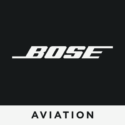
AIRSHOW PROGRAM
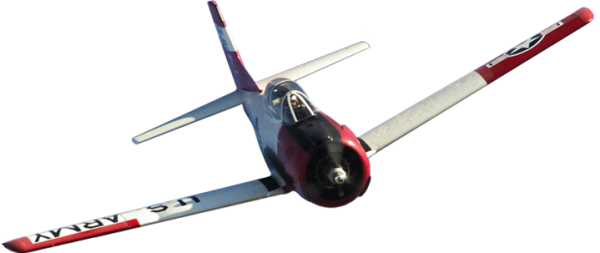
Each Day the Airborne Action Starts at 10:00am – 4:00pm
Below is the 2023 line-up that has been announced so far with plenty more to come.
Each day is planned to have the same line-up.
*Participating aircraft subject to change without notice due to unforeseen circumstances.
F4U Corsair
Up there with the most famous fighters of WWII, the Corsair, a.k.a The Whistling Death, earned its renown through its incredible speed, ruggedness and impressive firepower, proving to be very effective in the Pacific theatre in particular. With its inverted gull wings, there’s no mistaking this warbird as it tears through the sky at up to 640km/h – the first single engine US fighter to achieve that speed, thanks to its sleek design and Pratt & Whitney R-2800-18w 2000+hp engine.
Spitfire
Designed with stunning Art-Deco beauty, the Spitfire has represented the pinnacle of fighter design through the entire era of the mono-wing, piston-engined fighter.
Spitfires were instrumental in maintaining aerial dominance in the European Theatre of WWII. The Mk VIII Spitfire has an all-Metal, semi-monocoque construction with the famous elliptical wing design. A total of 20,334 Spitfires were built before, during and after the war, with a total of 1652 Spitfire Mk VIII variants made.
Hurricane
The Hurricane stands as one of the most important fighters of WWII. Arguably eclipsed in fame and renown by the equally incredible Spitfire, the Hurricane played a crucial part in the early air conflicts of WWII. The Battle of Britain in 1940 saw just 527 Hurricanes and 321 Spitfires stand against the Luftwaffe’s force of 2,700 planes. The durability and strength of the Hurricanes were crucial in these fights, allowing it to withstand heavy enemy fire and provide cover to the Spitfires.
RAAF Roulettes
Wolf Pitts Pro
Paul Bennet’s solo display is 12 mins of high energy, engine screaming precision aerobatics, starting at a height of 3500ft down to ground level! The Wolf Pitts is the highest performing aerobatic biplane in the world with an astonishing 400hp!

Grumman Avenger
Whether on the ground or in the air, this aircraft is sure to draw attention wherever it goes! The massive 1942 Grumman Avenger was a torpedo bomber developed initially for the United States Navy and features a unique folding wing arrangement for carrier operations. One rescued WWII Avenger pilot would later become U.S. President George H. W. Bush
CA-18 Mustang
An Australian built Mustang improving on the American P-51 design. Produced too late for World War II, RAAF Mustangs were assigned to Japan for occupation duties.
Australian Flag Drop
No better way to kick off an airshow than with an epic flag drop.
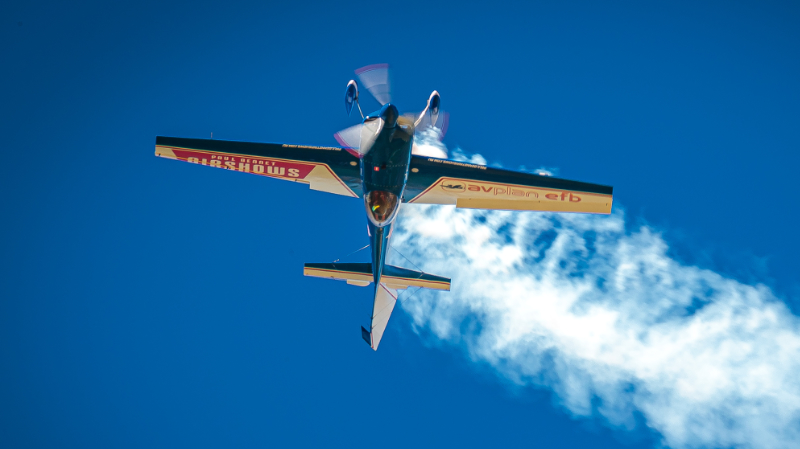
Rebel 300
The Rebel 300 is a single seat unlimited aerobatic monoplane powered by a 300hp Lycoming engine. It packs an impressively high power to weight ratio (300hp in a 520kg body) which enables it to have outstanding aerobatic performance.

P-40 Kittyhawk
With two shy of 12,000 P-40 Warhawks made during WWII, their strength was in the number built. The Kittyhawk was one of two variants operated by the RAF, and two P-40s were the first aircraft valiantly taken up in response to the attack on Pearl Harbour.

Skyaces
The famous SkyAces perform an array of dazzling formation aerobatics in very close proximity. Not only do the SkyAces performance entail skilful formation loops and rolls but also dynamic head to head stunts, which are guaranteed to leave you speechless!
T-28 Trojan
The T-28 Trojan was a piston- engined military trainer used by the United States Air Force and Navy, beginning in the 1950’s. Besides being a trainer, the T-28 was employed as a counter-insurgency aircraft, primarily during the Vietnam War.

L-39 Albatros
The Aero L-39 Albatros is a high-performance jet trainer aircraft developed in Czechoslovakia. It was designed during the 1960s as a principal training aircraft. The Albatros is the most widely used jet trainer in the world.
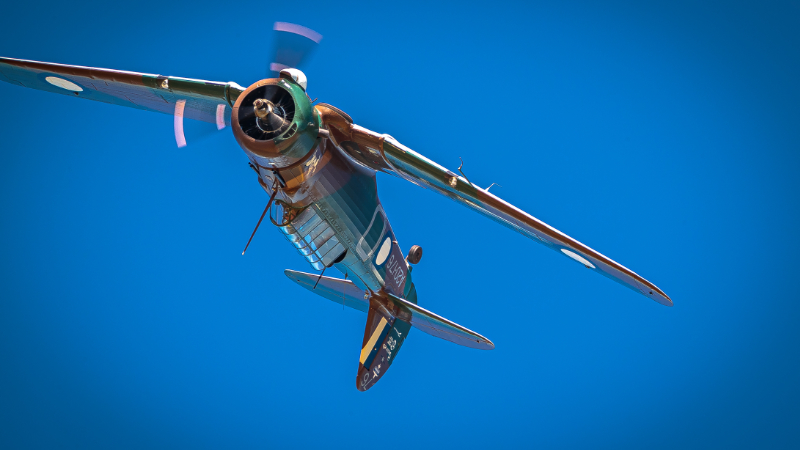
CAC Wirraway
The word ‘Wirraway’ is an Aboriginal word meaning ‘Challenge’. The Wirraway was a training and general purpose military aircraft manufactured in Australia, built by the Commonwealth Aircraft Corporation between 1939 and 1946.

Caribou
The Caribou was built in Canada by Hawker De Havilland as a rugged STOL (Short Take Off & Landing) battlefield cargo aircraft. Designed to land on rough dirt runways or roads, it could land right near the battlefront to quickly resupply troops and evacuate wounded. The Caribou can take-off in ~220m and land in ~200m (even less into a headwind). Impressive stuff!
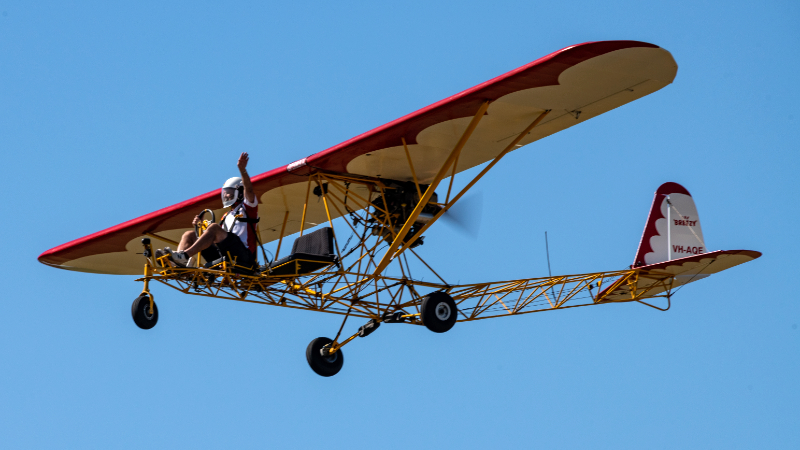
Breezy
The Breezy is a homebuilt aircraft known for its “no cockpit” high wing pusher design. It seats a pilot and a passenger and treats them to the ultimate unobstructed view from the skies.

Cessna O2
Consisting of a twin-engine push-pull configuration, this bird is easy to spot with its twin-boom tail. She operated in Vietnam with 20th Tactical Air Support Squadron and was in service with the military until the late 1980s. The 02 featured in the movie Bat 21 with Gene Hackman and Danny Glover.
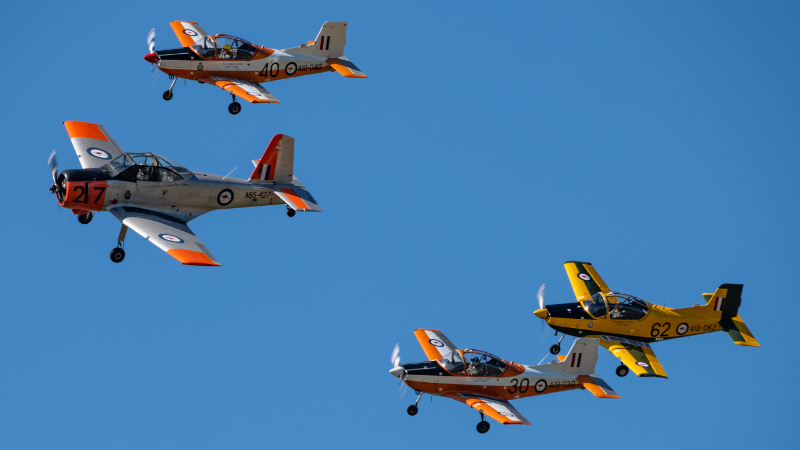
Heritage Trainers
The RAAF Heritage Trainers Formation Team generally consist of the T-6 Texan Harvard, four PAC CT/4 Airtrainer’s & three CAC Winjeel’s. That’s a lot of planes!
The display is a great demonstration of precision flying and an opportunity to see the historical Air Force Trainers which cover 70 years of military pilot training in action.
Pitts Model 12
The Pitts Model 12 (aka Monster Stinker) is a large fully aerobatic biplane designed around utilising the 360hp Russian M14P radial engine and can be built from plans or purchased in kit form.
